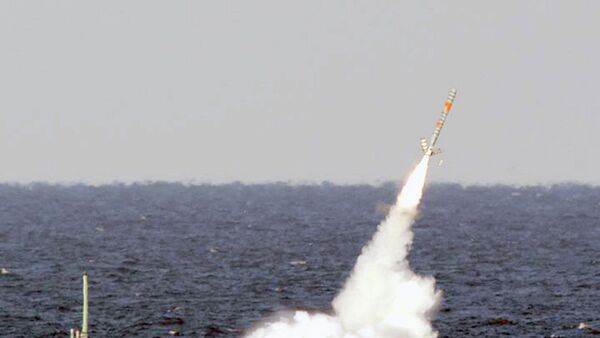"[RGNext] will operate the US Army's Ronald Reagan Ballistic Missile Defense Test Site, safely managing space vehicle and ballistic missile launches and missile defense tests conducted from islands in the 750,000-square-mile Pacific Ocean range", the release said.
Under the $502 million, 10-year contract, RGNext will maintain the range's launch and safety systems, including radar, telemetry and optical sensors located on the Kwajalein Atoll, the release said.
READ MORE: Netizens Call Out Lockheed Martin for Peddling Old Tech to India
RGNext will also operate the Range Operations Center and Space Operations Center in the state of Alabama, the Kwajalein Mission Control Center on Kwajalein, and the Range Safety Control Center, also on Kwajalein, the release added. RGNext has hired more than 300 engineers, technicians and other launch professionals to support the mission, according to the release.
Moreover, Lockheed Martin has said that the US Air Force has been establishing an advanced radar system in the Marshall Islands to detect thousands of satellites and space debris. The new system reportedly uses S-band ground-based radar and replaces a 1960s-era system used by the US Air Force to monitor satellites and space debris. According to Lockheed Martin, the construction kicked off in February 2015 on the nearly $1.5 billion radar system located on the Kwajalein Atoll.
READ MORE: US Defense Secretary Orders Review of F-35 Joint Strike Fighter Program


